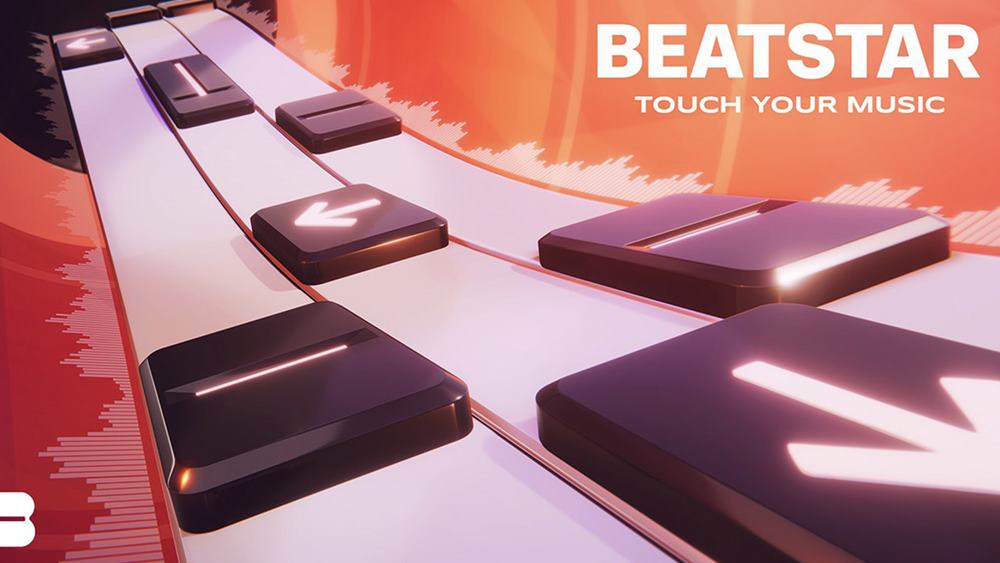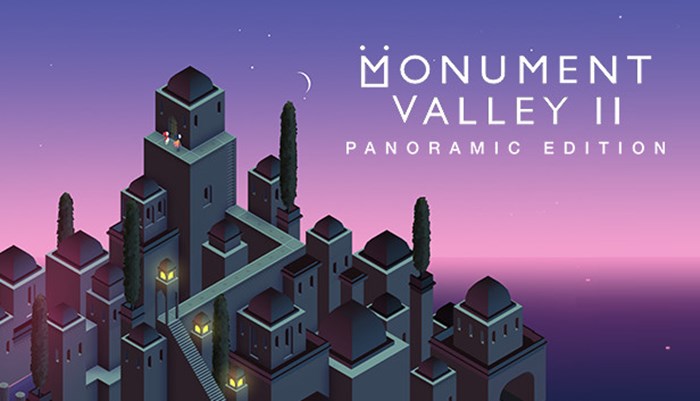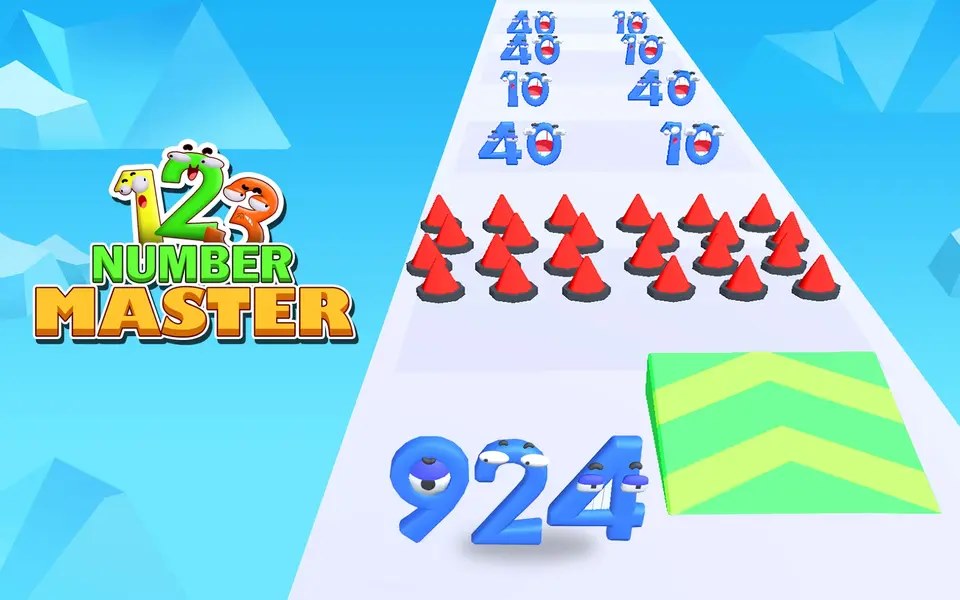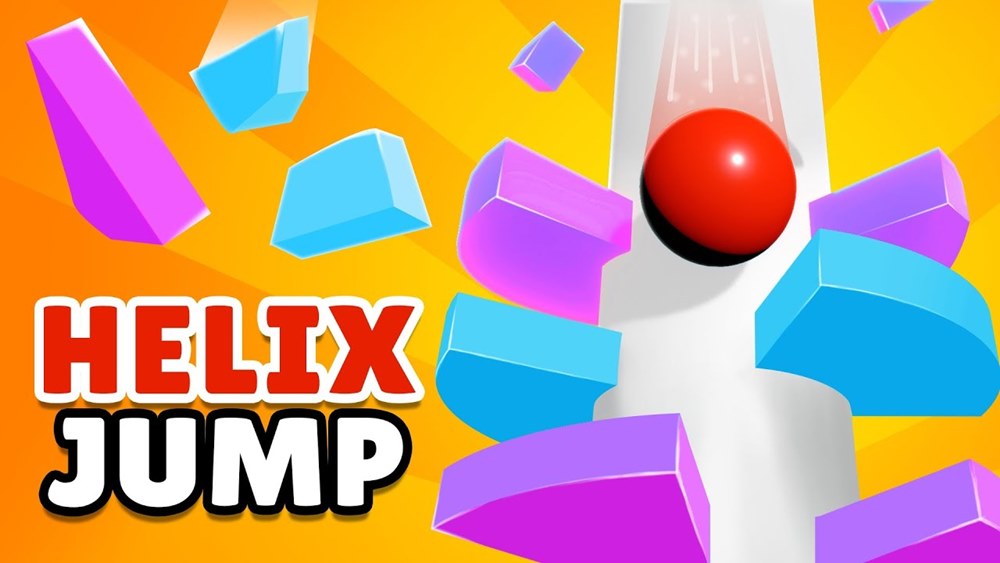Minecraft's Enduring Appeal and Universal Reach
Few video games match the long-term popularity and global impact of Minecraft. What began as a modest block-building sandbox has evolved into a multi-platform juggernaut that captivates players of every age and background. At the core of this widespread adoption lies Minecraft: Bedrock Edition—a version crafted not just for playability, but for unifying a fragmented gaming world.
The Genesis of Bedrock Edition
Originally conceived as Minecraft: Pocket Edition for mobile devices, Bedrock Edition emerged from Mojang Studios' vision of a singular, cross-platform experience. To realize this, developers built the Bedrock Engine from the ground up—an ambitious task that has since made it possible to run the game consistently across Xbox, PlayStation, Nintendo Switch, Windows 10/11, iOS, and Android.
This unified architecture isn’t just technical wizardry—it reshaped the way millions experience Minecraft.
True Cross-Platform Flexibility
The benefits of this unified codebase are felt most clearly in gameplay. Bedrock Edition enables players to begin a creative build on PC, continue mining on mobile during a commute, and then jump into an evening multiplayer session on Xbox—all in the same persistent world.
This seamless device-switching is a hallmark feature of Bedrock and a major reason why it has cultivated such a vast and engaged player base.
Highlights
- Seamless cross-platform play across consoles, PC, mobile, and tablets
- Unified codebase supports consistent gameplay and updates
- Originated from Pocket Edition, rebuilt on the Bedrock Engine
- Real-time syncing allows play across multiple devices
- Integrated Minecraft Marketplace empowers creators and enhances gameplay
- Efficient global content rollout and update cycle
- Mobile accessibility expands Minecraft’s reach to new audiences
- Bedrock vs Java: strengths and differences acknowledged
- Ongoing support and future updates ensure continued growth
Fostering a Global Minecraft Community
Perhaps Bedrock Edition’s greatest achievement is its cross-platform multiplayer functionality. Players using different devices can join the same worlds and servers, tearing down the traditional walls that once separated console, mobile, and PC gamers.
This inclusive capability has expanded Minecraft’s social and collaborative potential, turning it into a truly global playground where creativity knows no hardware limits.
Consistency Across All Platforms
Unlike fragmented versions of other games, Bedrock ensures that all players, regardless of platform, have access to the same core features—blocks, mobs, game modes, and updates. While interface and control schemes may vary slightly, the overall experience remains remarkably consistent.
This parity gives players confidence that they’re not missing out simply because of their choice of device.
Streamlined Updates and Features
The Bedrock Engine also empowers Mojang Studios to roll out simultaneous updates across all supported platforms. Whether it’s a new biome, creature, or gameplay mechanic, players receive content at the same time—eliminating the delays and version discrepancies that can fracture communities.
This keeps the game fresh and cohesive, giving everyone a reason to come back and explore what's new.
The Minecraft Marketplace: A Hub for Creativity
One of Bedrock Edition’s standout features is the integrated Minecraft Marketplace—a built-in hub where creators can publish and sell custom content like skins, texture packs, mash-ups, and entire worlds.
This not only fuels the modding and builder community, but also gives players an easily accessible library of curated content to personalize their Minecraft experience—right from the main menu.
Expanding Through Mobile Accessibility
Another key factor in Bedrock’s massive reach is its mobile accessibility. With low hardware requirements and a one-time purchase model, the mobile version invites millions of players to dive into Minecraft using devices they already own.
This low barrier to entry has been pivotal in introducing the game to new generations of fans around the world.
Bedrock vs Java: Two Versions, Different Strengths
Though Bedrock excels in unifying platforms, it's important to recognize the continued relevance of Minecraft: Java Edition. Java remains the go-to choice for players interested in deep modding, custom servers, and niche features not found in Bedrock.
Both versions cater to different communities and play styles—offering complementary experiences rather than competing ones.
The Road Ahead for Bedrock Edition
Looking forward, Mojang Studios shows no signs of slowing down. Their commitment to regular updates, community engagement, and expanding cross-platform capabilities signals a bright future. Bedrock’s focus will likely remain on inclusivity and accessibility, ensuring Minecraft continues to bring people together, regardless of platform.
Bedrock as a Pillar of Modern Gaming
Minecraft: Bedrock Edition is not just another version—it’s a transformative platform that has redefined what cross-platform gaming can look like. Its ability to connect players seamlessly, support a thriving creator economy, and deliver consistent content updates across every major device has made it an enduring cornerstone of the Minecraft experience.
In breaking down technical and social barriers, Bedrock has invited a global audience to build, explore, and connect—proving that in Minecraft, the only limit is imagination.





















